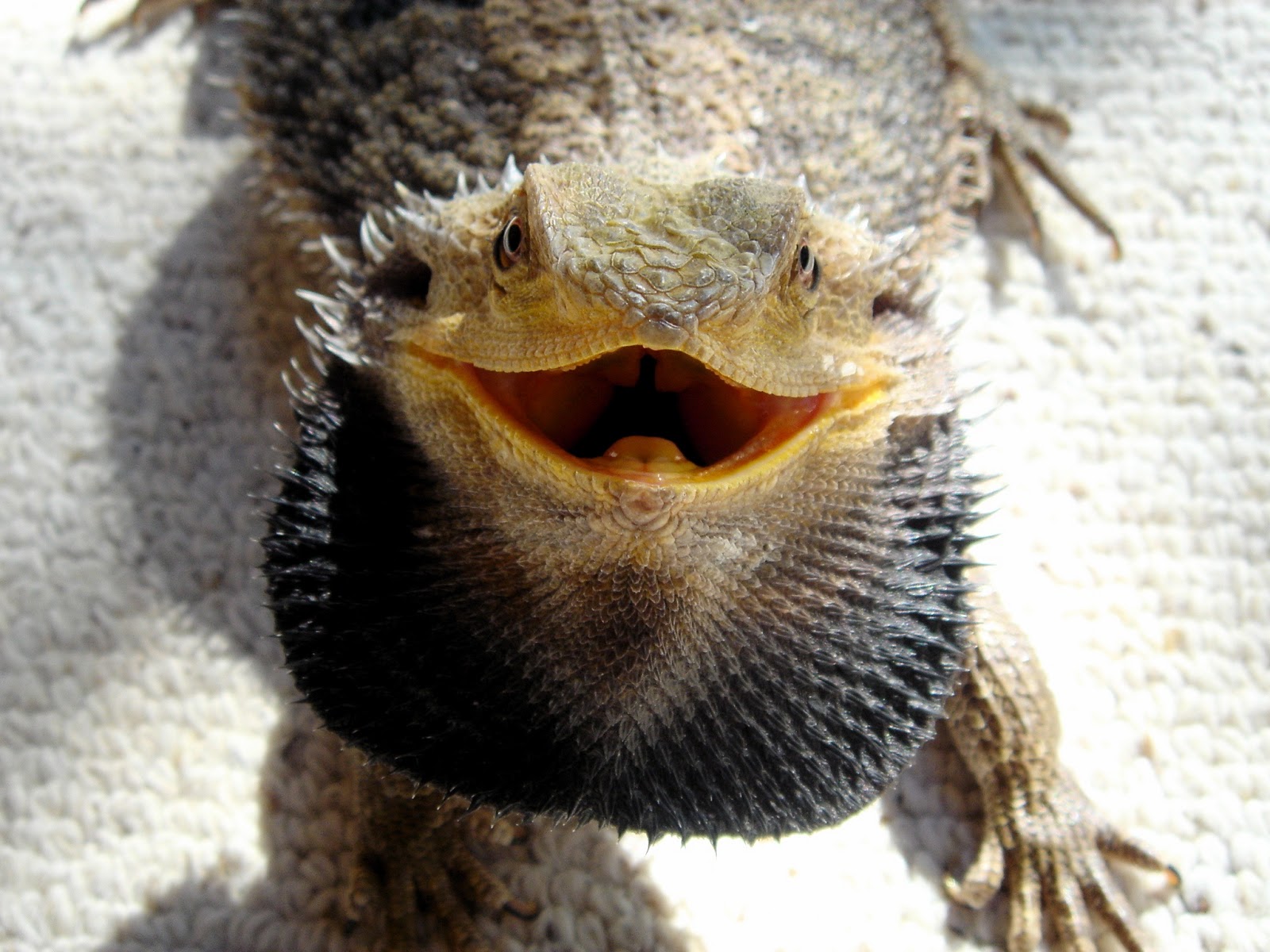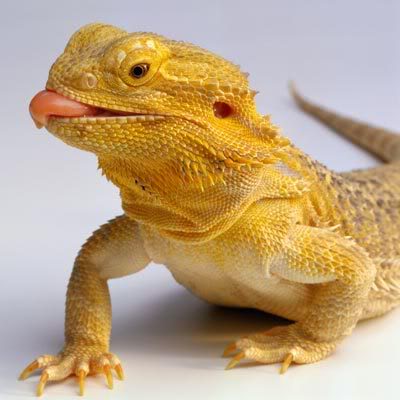The Ultimate Guide to Setting Up a Vivarium for Bearded Dragon: Everything a Beginner Needs to Know
Introduction
Bearded dragons have become increasingly popular as pets due to their docile nature and relatively easy care. However, setting up a vivarium for a bearded dragon can seem overwhelming for beginners. There are many factors to consider, such as selecting the right enclosure, lighting, heating, substrate, and decor. In this guide, we aim to provide you with a comprehensive overview of the essential elements of a vivarium set up for a bearded dragon, so you can provide your pet with a safe and healthy environment to thrive.
Choosing the Right Enclosure
The first step in creating a vivarium for a bearded dragon is selecting the right enclosure. There are various types of enclosures available, including glass aquariums, homemade wooden enclosures, and plastic terrariums. For beginners, we recommend starting with a glass aquarium or a plastic terrarium, as they are readily available and easy to maintain.

Bearded dragons require a minimum of 40 gallons of space, with a length of at least 36 inches. It’s essential to provide a spacious environment for your pet, as cramped spaces can cause stress and health issues. The enclosure should have a secure lid or cover to prevent escape and unwanted intrusions.
Lighting and Heating
Bearded dragons are cold-blooded reptiles that require an external source of heat to regulate their body temperature. Lighting and heating play a crucial role in a bearded dragon’s health and well-being. There are two types of lighting that you need to consider:
UVB Lighting
Bearded dragons require UVB lighting to produce vitamin D3, which is essential for bone health and overall immunity. UVB lighting should be provided for 10-12 hours per day, and the bulb should be replaced every 6-12 months, depending on the manufacturer’s recommendations.
Basking Lighting
Bearded dragons also require a basking light to provide heat and light. The basking light should be positioned in a way that provides a temperature gradient in the enclosure. The basking spot should be between 95-105°F, while the cool zone should be between 75-85°F. The basking light should be on for 10-12 hours per day, and it should be turned off at night to simulate a natural light cycle.

Substrate
Substrate refers to the flooring material used in the enclosure. The substrate should be safe, absorbent, easy to clean, and provide traction for the bearded dragon. Some of the popular substrate options for bearded dragons include:
Reptile Carpet
Reptile carpet is a washable and reusable substrate that is easy to clean and maintain. It also provides traction for the bearded dragon and reduces the risk of impaction, a common health issue caused by ingesting loose substrate.

Ceramic Tiles
Ceramic tiles are another popular substrate option for bearded dragons. They are easy to clean, safe, and provide a natural-looking surface for the enclosure. However, ceramic tiles can be slippery, and it’s important to provide a textured area to prevent slipping and injury.
Decor and Accessories
Decor and accessories not only enhance the aesthetic appeal of the enclosure but also provide enrichment and stimulation for the bearded dragon. Some of the popular decor and accessories for bearded dragons include:
Hides
Hides provide a sense of security and privacy for the bearded dragon. It’s important to provide at least two hides, one on the warm side and one on the cool side of the enclosure.
Climbing Accessories
Bearded dragons love to climb and bask in high places. Providing climbing accessories like branches, rocks, or platforms can encourage natural behavior and exercise, while also adding to the visual appeal of the enclosure.

Conclusion
Setting up a vivarium for a bearded dragon may seem like a daunting task, but with careful consideration and planning, it can be a rewarding experience for both you and your pet. Remember to provide a spacious enclosure, adequate lighting and heating, safe and absorbent substrate, and enriching decor and accessories. By following these basic guidelines, you can ensure your bearded dragon has a happy and healthy life in captivity.
